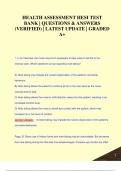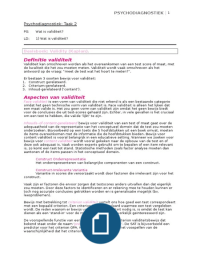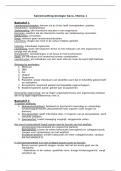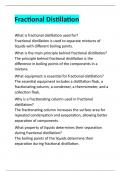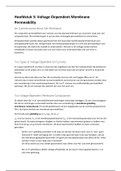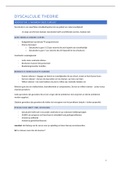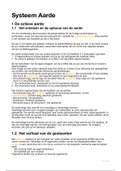Introduction:
- Define what an externality is; external benefits/costs imposed on a third party who are not
directly involved in a transaction.
- Define the specific externality (NCE, NPE, PPE, PCE)
- Condition for private efficiency (MPC = MPB)
- Condition for social efficiency (MSC = MSB)
- MPB = increase to private benefit of producing an extra unit of output
- MPC = increase in private cost of producing an extra unit of output
- MSC =
- MSB =
- Market failure is where markets do not achieve a socially efficient allocation of resources
- Negative externality is where there is an external cost on a third party as a result of a
transaction
- Positive externality is where there is an external benefit on a 3 rd party as a result of a
transaction e.g. education as u can earn more and pay higher taxes in future
Main Body:
- As a result of externalities the social benefits/costs diverge from the private benefits/costs
and the market becomes privately efficient but not socially efficient
- Tends to be overproduction of goods/services with -ve externalities and underproduction of
goods/services with +ve externalities
- Banning all products with negative externalities is not desirable as we need to find the right
trade-off between costs and benefits
- Social planner such as government will want to intervene in markets which are not
producing at the socially desirable level of output
- Social efficiency can be achieved by using market based policies such as per unit taxes and
per unit subsidies.
- Use taxes on overproduced goods and services and use subsidies on underproduced goods
and services to try and internalise the externality and align private incentives with social
efficiency
- Tax which corrects effect of a -ve externality is a Pigovian tax
NPE analysis
- Assume that no externalities in consumption of good hence MPB = MSB
- At Qe market is privately efficient as MPB = MPC
- Not socially efficient as we assume than MPC doesn’t equal MSC as e.g. the firm may pollute
the atmosphere i.e. there is an external cost on a third party not involved in the decision to
produce the good
- This external cost is not accounted for by the economic agents taking part in the transaction
and can be highlighted by MXC
- Socially desirable level of output in market is Q* as MSC = MSB
- Draw on welfare loss to show the inefficiency lost from not being at Q*
- Diagram in book has wrong welfare loss on it; it is acc triangle above; go from MPC to MSC
and then to Q* new equilibrium
PPE analysis
- E.g. pharmaceutical producing medicine
- Define what an externality is; external benefits/costs imposed on a third party who are not
directly involved in a transaction.
- Define the specific externality (NCE, NPE, PPE, PCE)
- Condition for private efficiency (MPC = MPB)
- Condition for social efficiency (MSC = MSB)
- MPB = increase to private benefit of producing an extra unit of output
- MPC = increase in private cost of producing an extra unit of output
- MSC =
- MSB =
- Market failure is where markets do not achieve a socially efficient allocation of resources
- Negative externality is where there is an external cost on a third party as a result of a
transaction
- Positive externality is where there is an external benefit on a 3 rd party as a result of a
transaction e.g. education as u can earn more and pay higher taxes in future
Main Body:
- As a result of externalities the social benefits/costs diverge from the private benefits/costs
and the market becomes privately efficient but not socially efficient
- Tends to be overproduction of goods/services with -ve externalities and underproduction of
goods/services with +ve externalities
- Banning all products with negative externalities is not desirable as we need to find the right
trade-off between costs and benefits
- Social planner such as government will want to intervene in markets which are not
producing at the socially desirable level of output
- Social efficiency can be achieved by using market based policies such as per unit taxes and
per unit subsidies.
- Use taxes on overproduced goods and services and use subsidies on underproduced goods
and services to try and internalise the externality and align private incentives with social
efficiency
- Tax which corrects effect of a -ve externality is a Pigovian tax
NPE analysis
- Assume that no externalities in consumption of good hence MPB = MSB
- At Qe market is privately efficient as MPB = MPC
- Not socially efficient as we assume than MPC doesn’t equal MSC as e.g. the firm may pollute
the atmosphere i.e. there is an external cost on a third party not involved in the decision to
produce the good
- This external cost is not accounted for by the economic agents taking part in the transaction
and can be highlighted by MXC
- Socially desirable level of output in market is Q* as MSC = MSB
- Draw on welfare loss to show the inefficiency lost from not being at Q*
- Diagram in book has wrong welfare loss on it; it is acc triangle above; go from MPC to MSC
and then to Q* new equilibrium
PPE analysis
- E.g. pharmaceutical producing medicine

